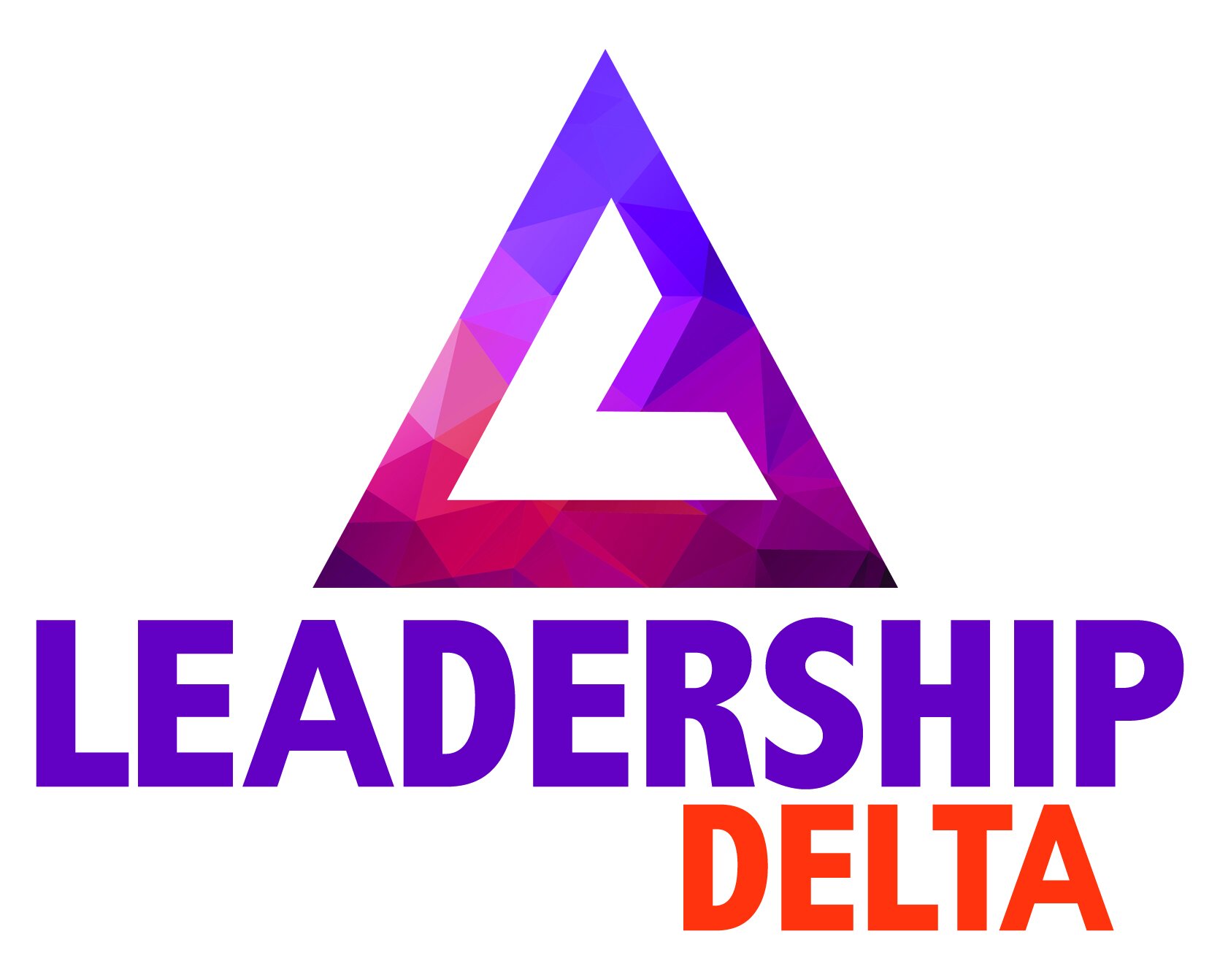Cleaning up your organization’s shared language
Listen up– it’s time to talk about talking.
Communication is a living, evolving entity.
Even the dictionary can’t remain static. New words are being added to our global lexicon each year, and existing words receive additional or updated definitions as language and meanings evolve.
Merriam-Webster added 690 new words (or additional definitions) to the dictionary in 2023 including:
rizz noun, slang: romantic appeal or charm
bingo card noun … 2 slang: a list of possible, expected or likely scenarios – usually in the phrase on one’s bingo card
bussin’ adjective: extremely good : excellent; especially : delicious, tasty
hallucination noun … 3 : a plausible but false or misleading response generated by an artificial intelligence algorithm
girlboss noun : an ambitious and successful woman (especially a businesswoman or entrepreneur)
Effective communication is the linchpin that can make or break the transformational efforts within a company. Leaders can create a healthy work environment built on mutual respect, transparency, and efficiency by valuing and prioritizing effective communication and creating a shared language.
Effective communication
Effective communication is more than just exchanging information. It involves clarity, purpose, and active listening. These key components build trust, align goals, and promote engagement across an organization.
Communication is more than the words you say. Communication is the sum total of verbal and nonverbal cues and signals. Communication is listening.
If you’re not listening, you’re not communicating.
Listening is not the same as hearing. Listening is a linguistic function while hearing is a biological function. Simply put: hearing is passive; listening is active.
Creating a shared language
Shared language is the universally understood and agreed-upon language that a group, organization, or culture uses to help them communicate more effectively. This shared language reflects the unique zeitgeist and pulse of its respective group.
A shared language is adaptable, as it evolves alongside the people and organizations it represents. See the dictionary additions above for more proof, girlboss.
Shared language– especially in a workplace setting– is as ideal as a collaborative effort. When all team members work to nurture, define and redefine the shared language as needed, a shared language can help avoid miscommunication, and streamline efficiency.
A successful shared language is an important frame of reference for all employees to understand what is expected of them. It’s also a critical unifying strategy that helps all parties to align their goals and outcomes.
Rather than using broad, fluffy adjectives that could be interpreted in many ways (like fluffy, for example), shared languages require specific, precise communication.
According to a study published in the National Institute of Health, shared language is “...a new way of understanding language [that] may very well be essential for bringing about more effective and more beneficial ways of relating… and problem-solving.”
Build your infrastructure
While the finer points of an organization’s shared language will differ from industry to industry, here are some general guides to establishing your infrastructure:
Clearly define your purpose - Ensure your organization’s vision is communicated clearly across all levels of your organization.
Develop clear messaging - Use simple language to communicate in clearly, concisely, and coherently.
Optimize communication channels - Determine the best, preferred channels of communication and utilize them for your messaging. Avoid miscommunication by ensuring your message will be received in a timely manner.
Foster feedback - Encourage a culture of respect where your team feels comfortable sharing thoughts and feedback. Consider implementing regular feedback loops to gather and address concerns.
Train for success - Provide team members and leaders with the tools they need to enhance their communication skills.
Measure and adapt - Growth cannot happen in a vacuum. A good infrastructure must include some way to measure its effectiveness.
Change takes time
Remember that any change takes time. Consistent and intentional efforts to prioritize clear communication will help your team embrace your new efforts. Leaders can facilitate new strategic efforts by communicating the reasons for the change, getting other team members involved early, providing support, and celebrating the small wins.
Most importantly, good communication begats good communication! This invaluable skill will improve over time and with practice. For more information on how to improve the communication of your team, visit our website to learn more about Delta Academy.

